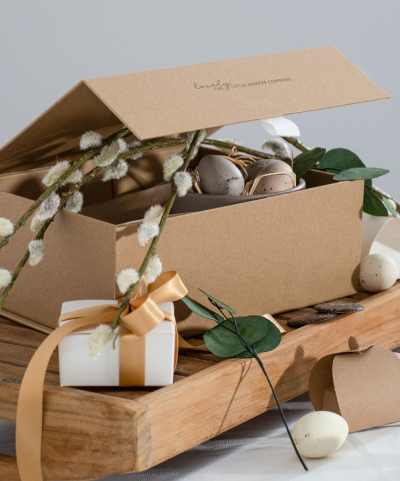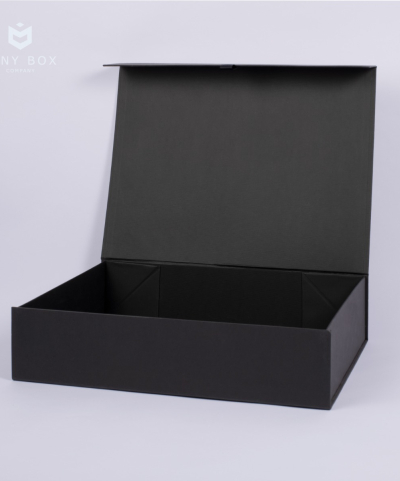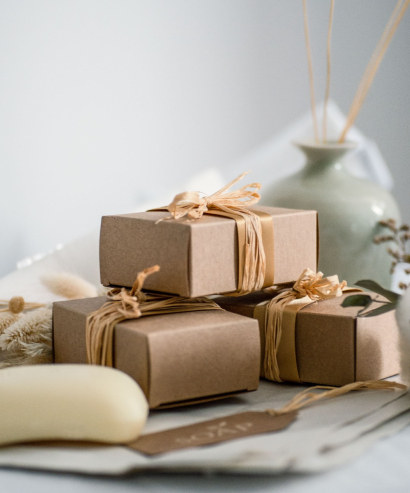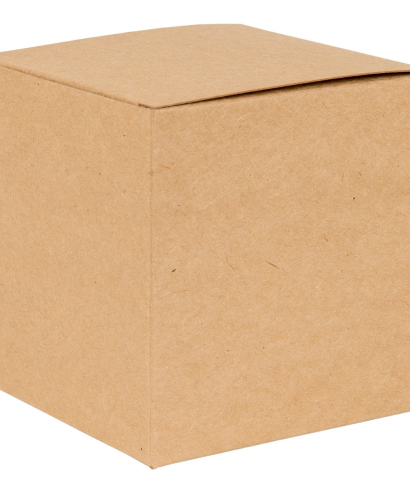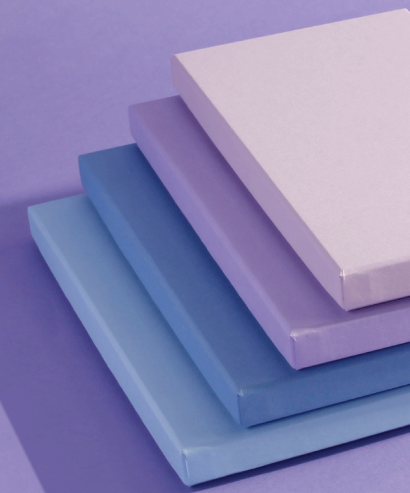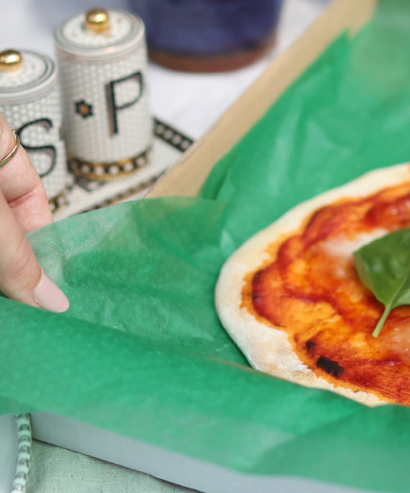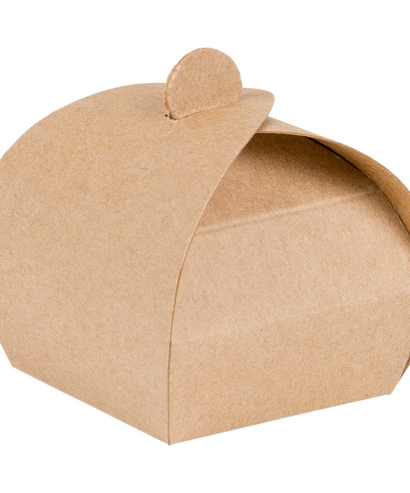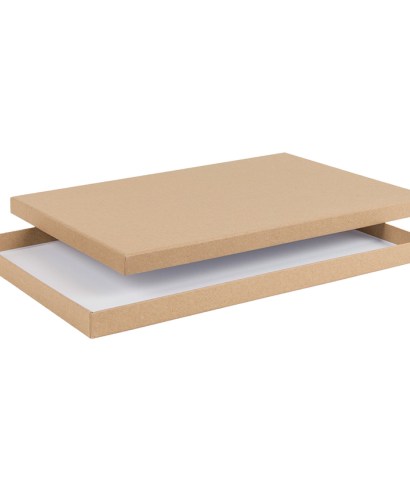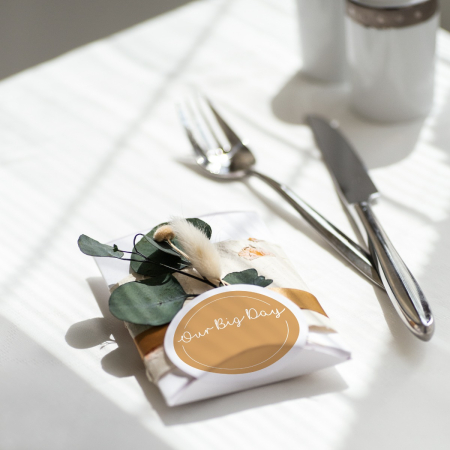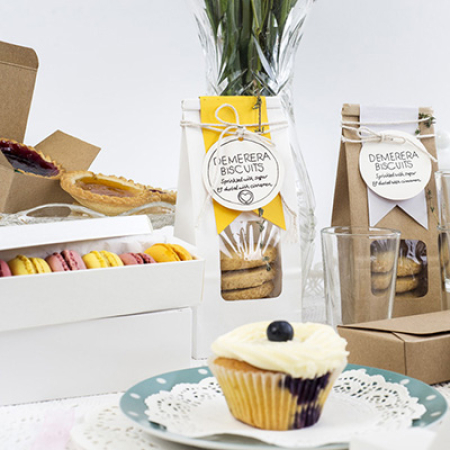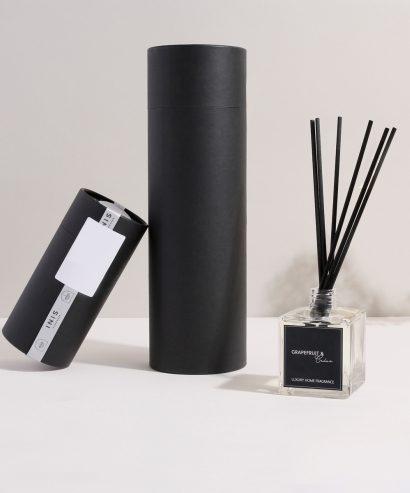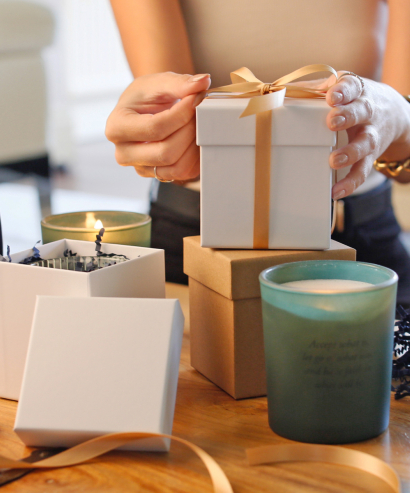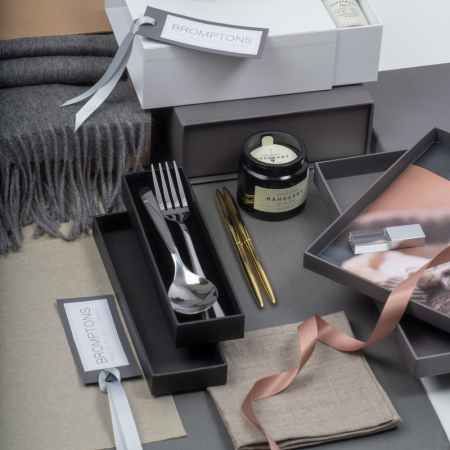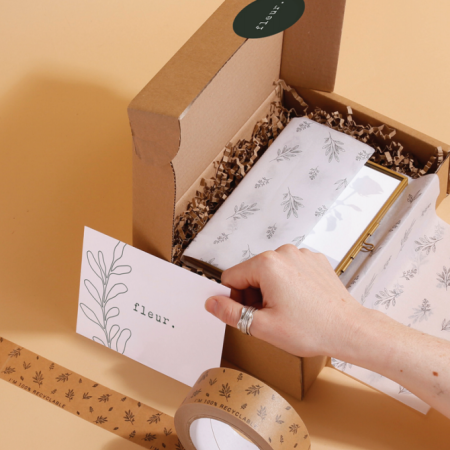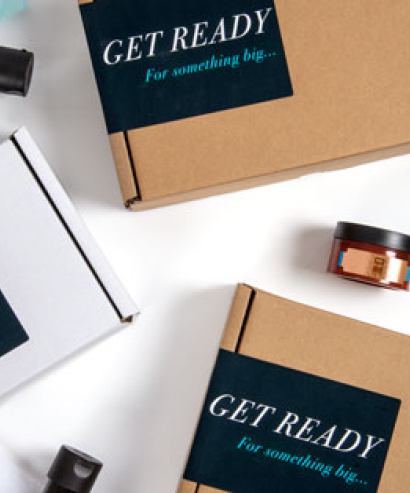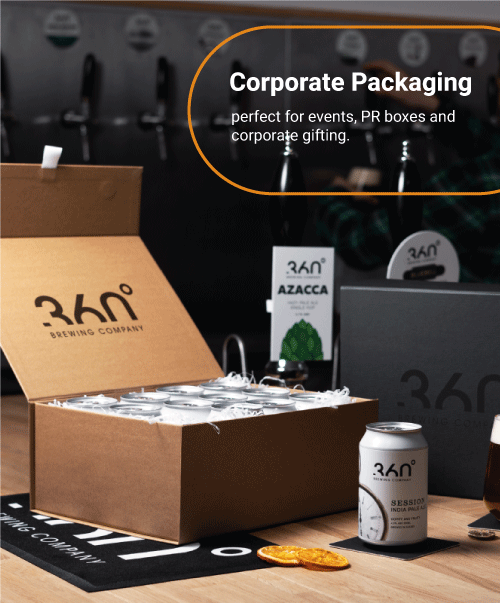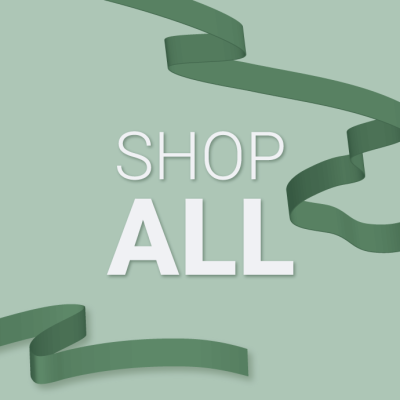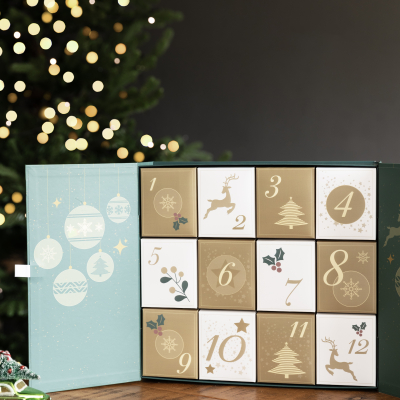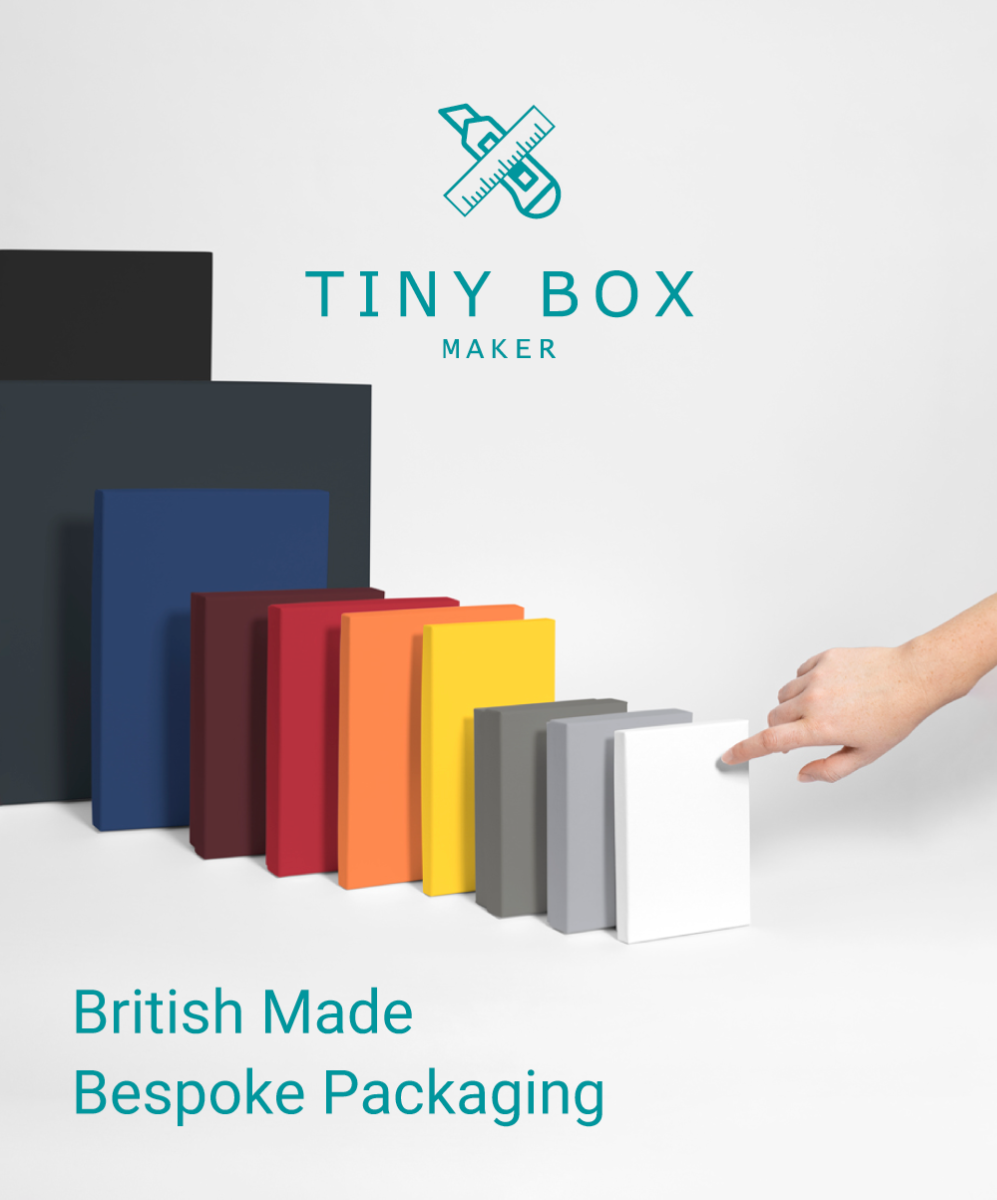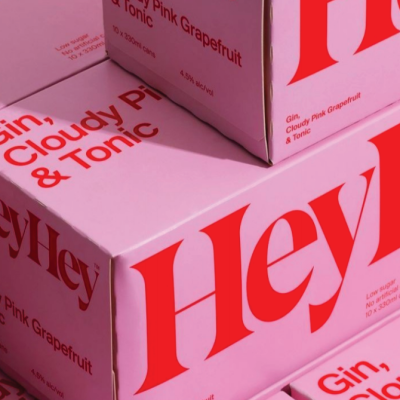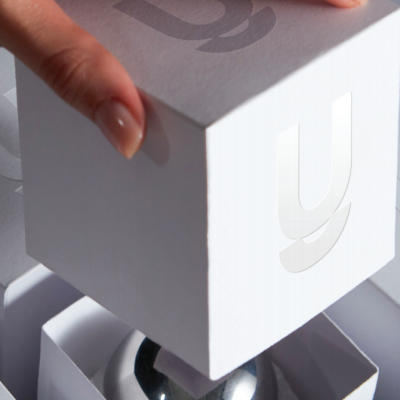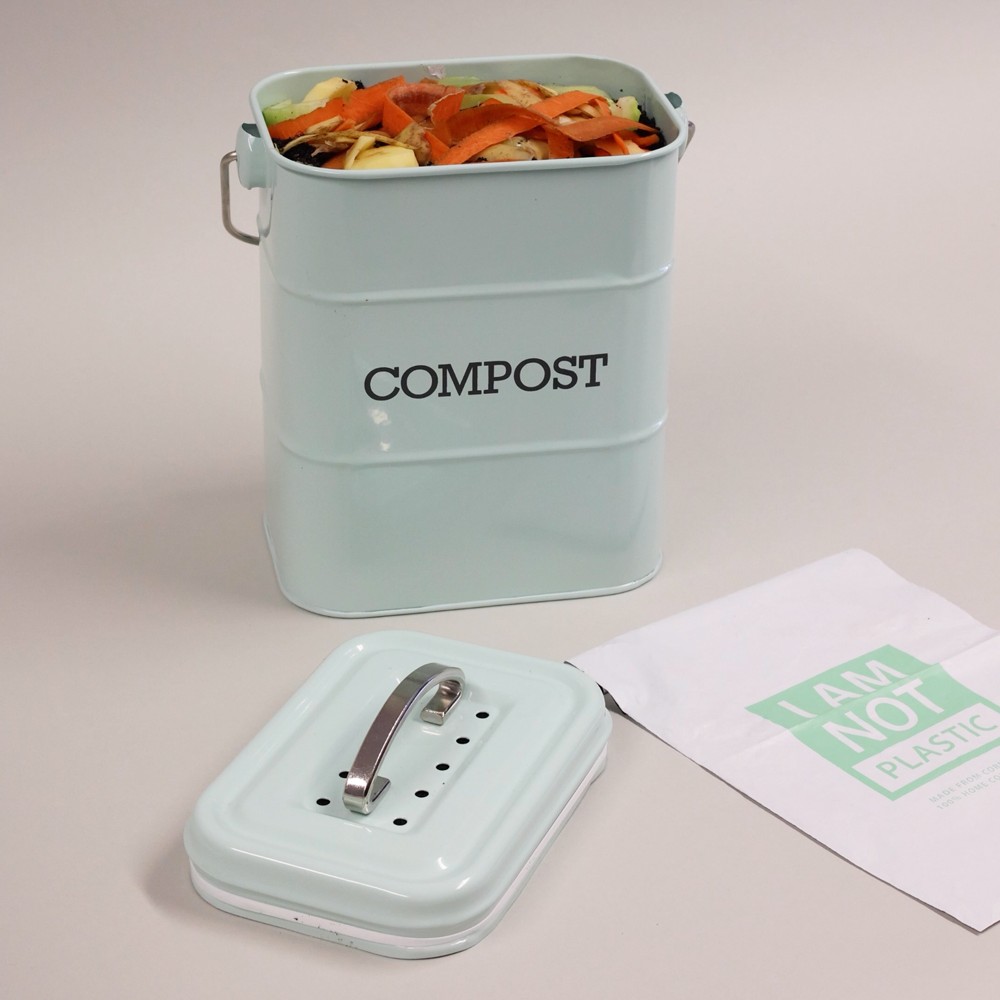
Compostable, biodegradable, recyclable… in today’s sustainability-focused world, these terms are everywhere - from food containers to postal bags and other packaging. But what do they actually mean? Are they interchangeable?
If you’ve ever found yourself pondering these questions, you’re not alone. It can be tricky to get your head around it all sometimes, so let’s break them all down and take a closer look at what they all really mean…
What do compostable, biodegradable, and recyclable mean?
Compostable
If something's labelled as compostable, that means it will break down into nutrient-rich soil when placed in a composting environment (yay for plants). It has to break down completely though and leave no toxic residue - in an industrial composting facility, this generally takes up to 180 days.
Home compostable vs. industrial compostable
You might not necessarily have to take it to a facility however - if something is labelled as ‘home compostable’, that means you can throw it into your own compost heap. How easy is that? Home compostable things include stuff like fruit and veg scraps, eggshells, coffee grounds, and garden waste.
Industrial compostable products, on the other hand, do need to be processed at a industrial composting site. These items sadly won’t break down effectively in your lovely home compost bin.
What materials are compostable? Lots of things! I'm talking those fruit and veg scraps, eggshells, coffee grounds, and more, but also packaging made from natural materials like cornstarch (see below ↓), sugarcane, and bamboo.
Tip: Look for proper certifications, like OK Compost Home or EN 13432, to know whether something is truly compostable and where it belongs.
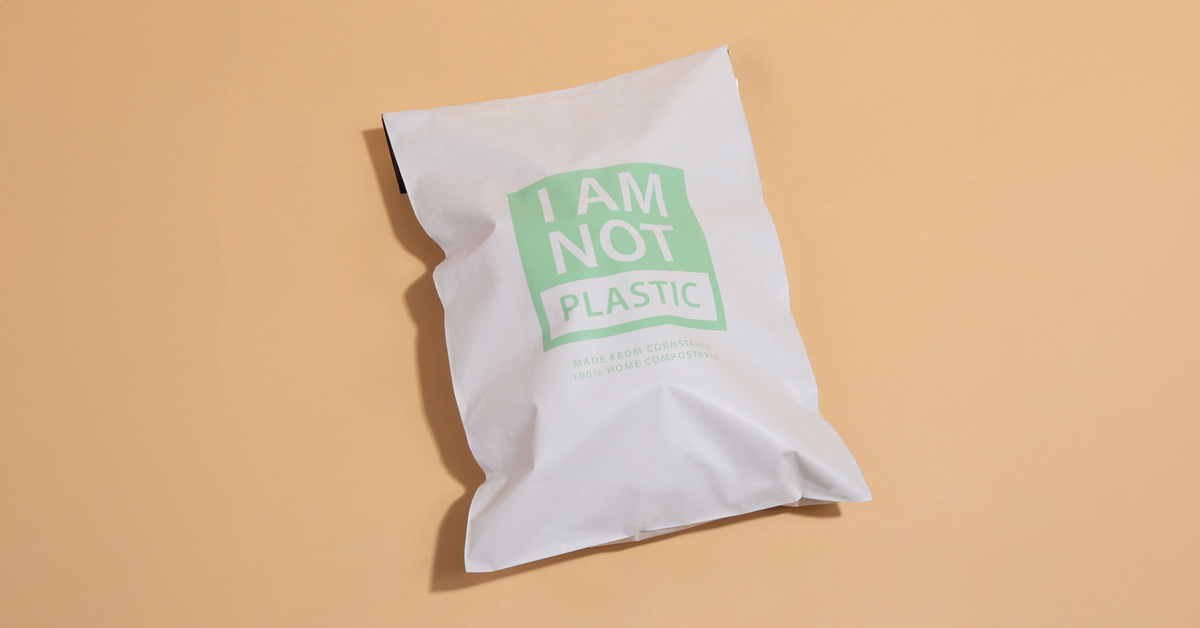
How cool are our 100% home compostable bags? They're made from cornstarch!
Biodegradable
Biodegradable and compostable are terms that are often confused, but they are in fact quite different. Materials that are biodegradable decompose naturally over time with the help of microorganisms like bacteria - but this process could take weeks, months, or even years, and some products may still leave behind residue.
What materials are biodegradable? Things made from natural fibres like cotton, wool, bamboo, wood, paper, and cardboard!
Basically, all compostable products are biodegradable, but not all biodegradable products are compostable - so make sure you know the difference!
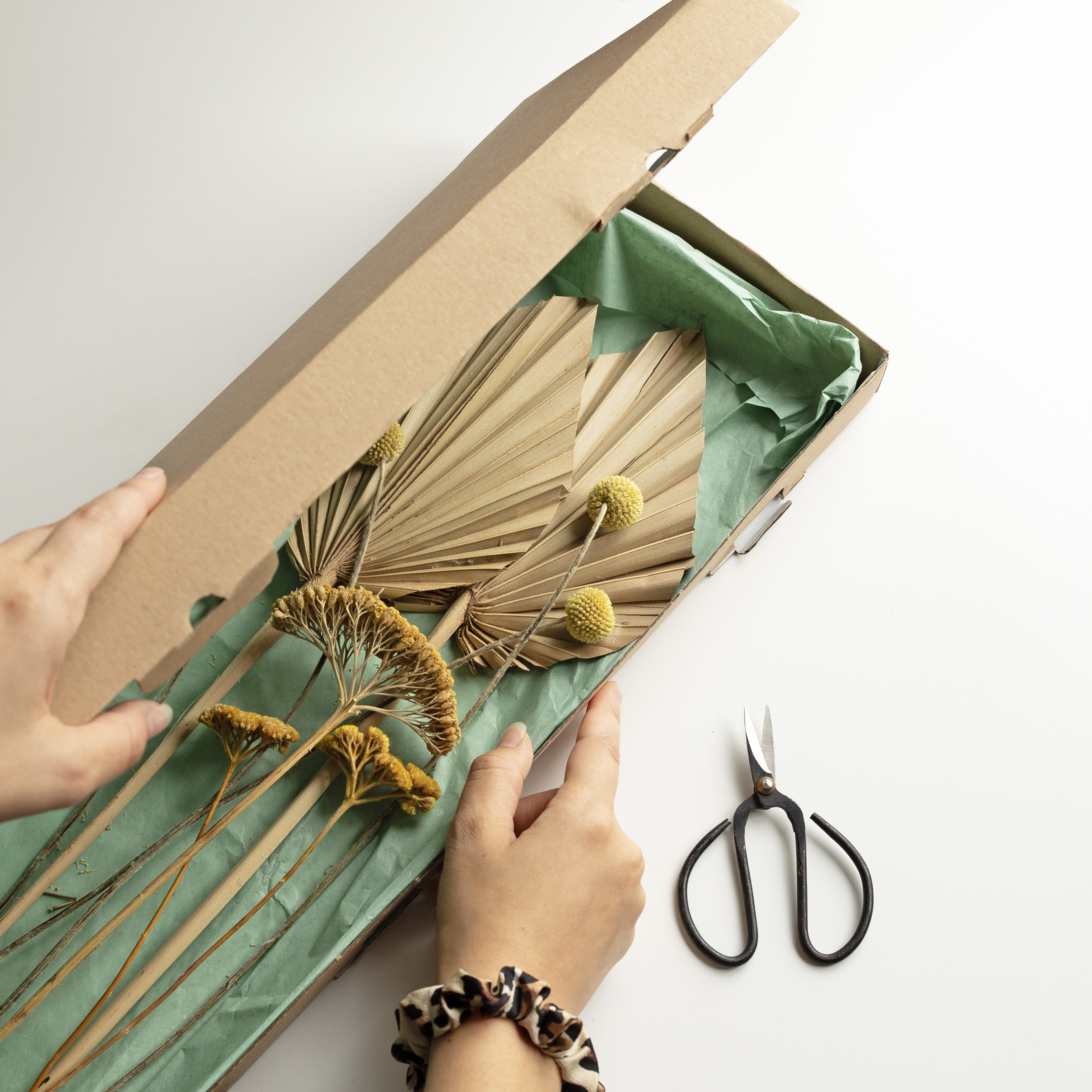
I love these flower boxes, and of course flowers too!
Recyclable
Recycling is one of the most familiar forms of waste management, and one we hear about a lot. Quite simply, recyclable materials can be collected, processed, and turned into fabulous new products. There's closed-loop and open-loop recycling:
Closed-loop recycling is where materials are turned into the same type of product again and again, whereas open-loop recycling is where materials are turned into something new. (Like our range of ribbon which is made using 100% post-consumer waste plastic - in the form of PET plastic bottles!)
What materials are recyclable? Aluminium, tin, and glass are seen as infinitely recyclable, meaning they be recycled over and over without degrading in quality. Then of course there’s paper and cardboard - but these can only be recycled about 5-7 times. Many plastics can also be recycled, but how many times depends on the type!
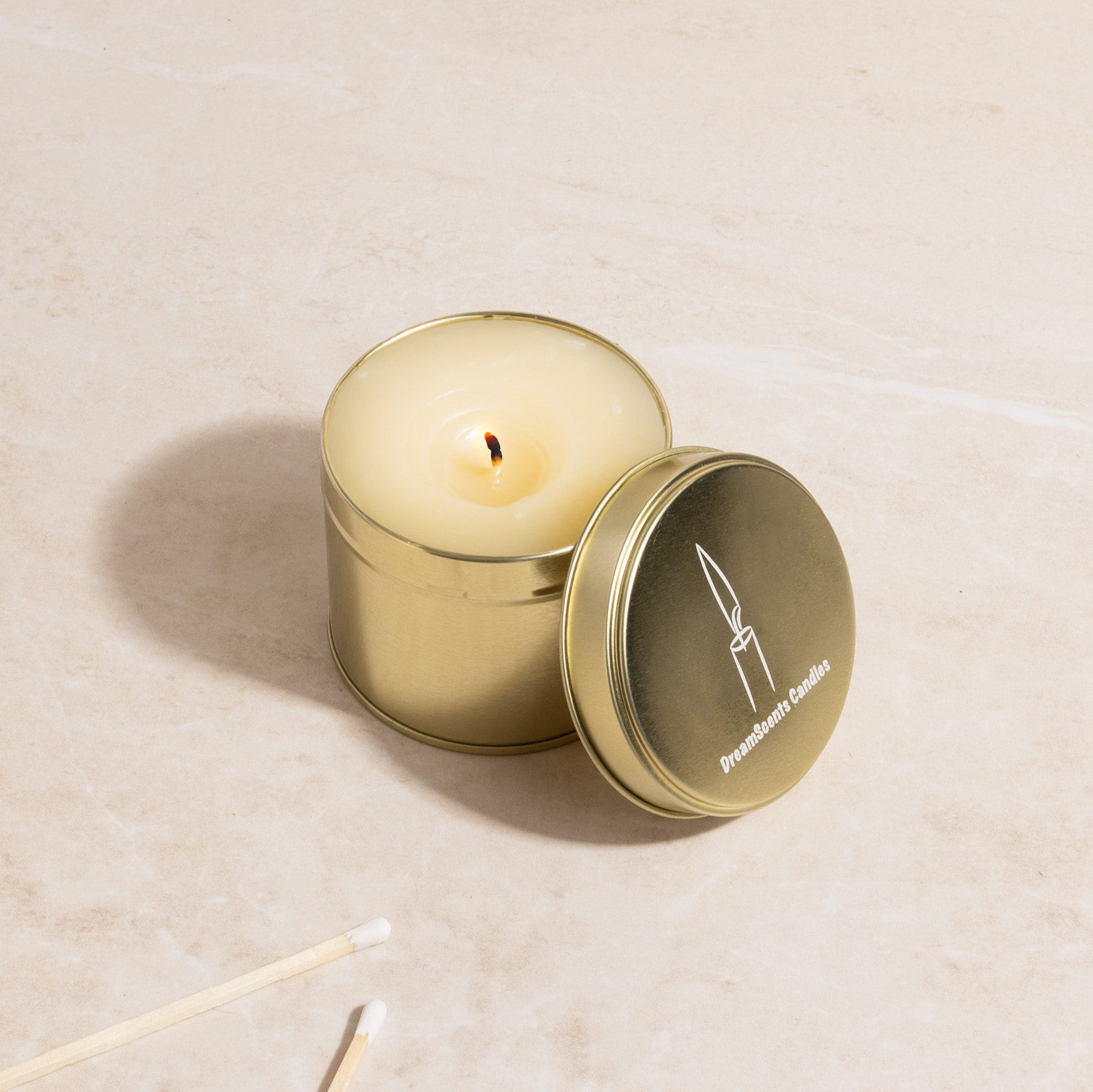
Check out these really pretty aluminium tins!
Staying sustainable
The key takeaway? Understanding the differences between compostable, biodegradable, and recyclable can help you make smarter, more sustainable choices for your packaging. Whether you’re picking products for your business or sorting your waste at home, every small step adds up!
Discover Vegan Packaging

